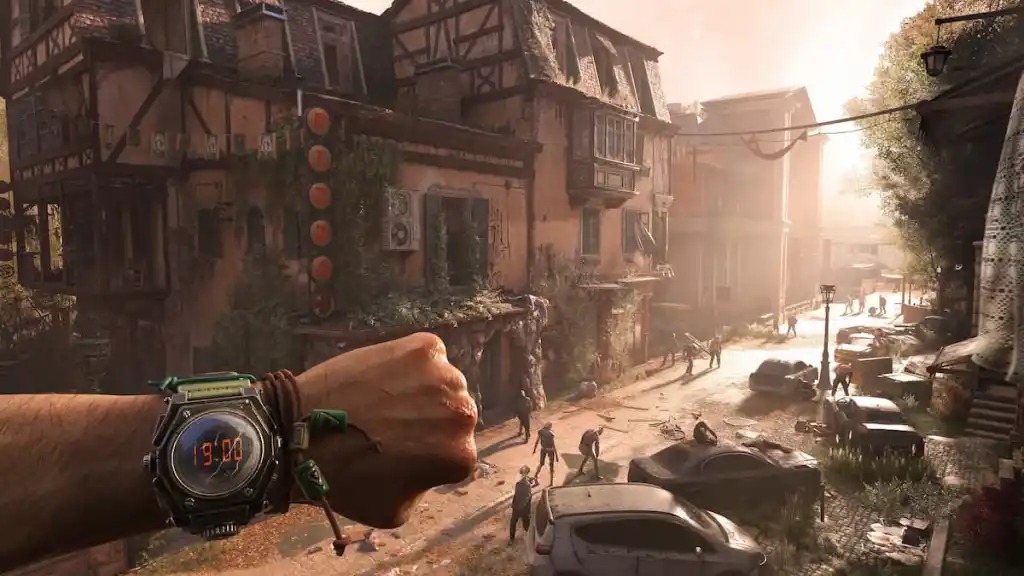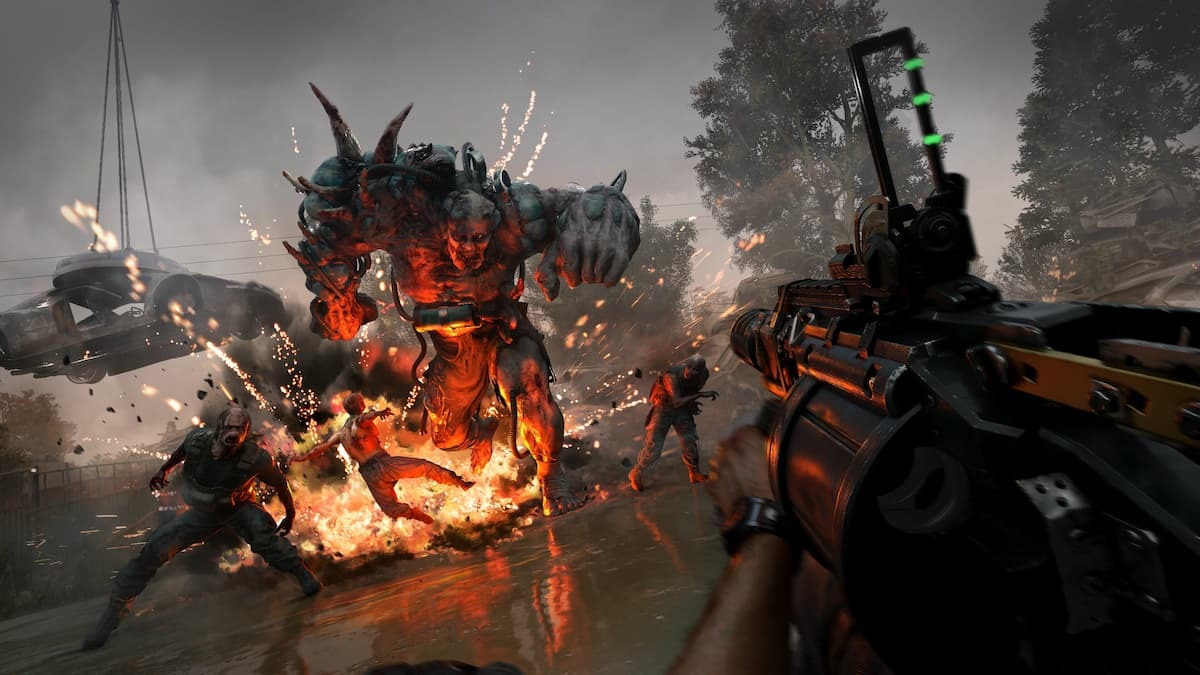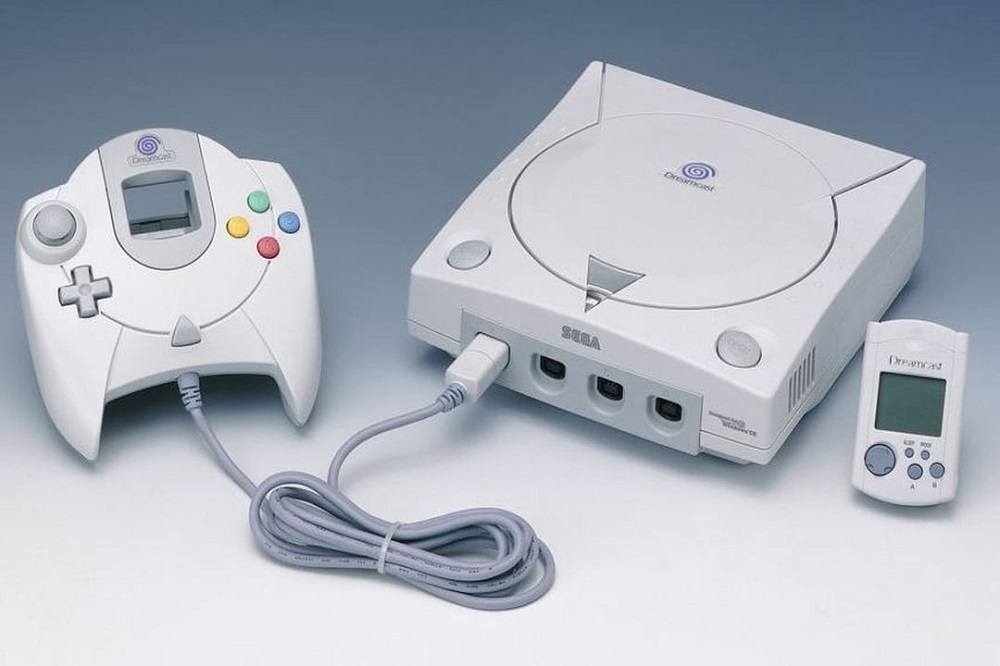While Unreal Engine 5 has become the standard tool for many major game studios thanks to its versatility and cutting-edge visuals, it’s not a perfect fit for everyone. UE5 delivers incredible fidelity across nearly any genre, but this level of graphical power often demands high-end hardware. Techland, however, continues to take a different path — and their latest release, Dying Light: The Beast, is proof that this strategy still works.
After speaking with franchise director Tymon Smektała, I learned why Techland remains committed to its in-house technology — the C-Engine — and why that decision continues to pay off.
C-Engine: Techland’s Secret Advantage

Originally known as the Chrome Engine, Techland’s proprietary tech was rebuilt into C-Engine for the original Dying Light. The new engine was designed for scalability, high performance, and modern rendering capabilities — all crucial for the studio’s signature open-world, first-person gameplay. Over the years, C-Engine has evolved even further, and Dying Light: The Beast showcases just how powerful and efficient it has become.
Despite the growing trend of studios — including CD Projekt Red — switching to Unreal Engine 5, Techland has stayed loyal to its own technology. When asked why, Smektała explained:
“Our proprietary C-Engine is tailored specifically for what Dying Light needs — fast streaming of high-fidelity open worlds, dynamic day and night cycles, and detailed lighting. We’ve perfected our core mechanics — physics-based first-person parkour and melee combat — within this framework. It’s our secret weapon. Using our own tech gives us full control; we can tweak or rebuild any system without waiting on external updates or facing licensing limits. For Dying Light’s DNA, C-Engine simply fits better.”
This approach gives Techland complete creative freedom. With full access to the engine’s internals, the team can fine-tune performance, make deep-level optimizations, and adapt quickly to new hardware — all while preserving the distinct feel of Dying Light.
Performance for Everyone
Another major advantage of using C-Engine is Techland’s long-standing focus on optimization. Smektała emphasized that the studio integrates performance tuning from the very start of development, ensuring a smooth experience across both PC and consoles.
“Optimization is something we take great pride in — it’s part of the Techland culture. We want as many players as possible to enjoy our worlds, so we start optimizing early to make sure everything runs great at launch.”
This philosophy clearly shows in Dying Light: The Beast, which has been praised as one of the best-performing PC titles of the year. Techland’s careful balance between visual quality and accessibility stands out, especially at a time when many high-profile Unreal Engine 5 games struggle with performance and stability.
A Different Path That Works
While many AAA studios have jumped onto the Unreal Engine bandwagon, Techland’s decision to double down on its own technology proves that custom engines still have a place in modern development. By focusing on optimization, flexibility, and their game’s unique identity, Techland continues to deliver massive, immersive worlds that run smoothly across platforms.
As Smektała put it, C-Engine isn’t just a tool — it’s part of Dying Light’s DNA.




